Road Trip: The Great Ocean Road
Whether it’s the feeling of freedom or the unprecedented chaos of a road trip, Victoria’s Great Ocean Road should be on your bucket list. Stretching over 250km, the Great Ocean Road winds around the southwest coast of Victoria, offering a diverse landscape dotted with staggering cliffs, a raging surf, ancient volcanoes, windswept beaches, bountiful native wildlife and lush rainforests.
This is one of the most outstanding coastal drives Australia has on offer. Some of my fondest memories are driving down the Great Ocean Road with the tunes blasting, demolishing the never-ending supply of snacks, the sun beaming and the ocean breeze matting up my bird’s nest (hair).
Want to see more in Victoria? If you’ve got time to extend your itinerary, squeeze in one of these Top Day Trips from Melbourne.
Here’s what we cover in this guide:
Melbourne to Torquay
Torquay to Anglesea
Anglesea to Lorne
Lorne to Port Campbell
Port Campbell to Port Fairy
Stops Along the Route Back to Melbourne
Great Ocean Road Travel Tips
To help you map out your adventure, here’s a basic itinerary for the Great Ocean Road.
Melbourne to Torquay
Distance: 110km
Drive time: 1 hour and 20 minutes, depending on traffic.
Ease into your road trip with a leisurely drive to Torquay, home to Australia’s most famed surfing beaches. Bells Beach hosts the annual Rip Curl Pro and boasts some seriously killer waves.
Perfect for shredding or for taking a pounding, depending on your skill set.
Other beaches worth checking out are Front Beach, Southside Beach, Fishermans Beach or Jan Juc, with a large walking track. My best advice is not to try to conquer the walking track for sunset or at night-time as there’s no lighting.
If you’re a self-proclaimed chocoholic, be sure to head to the Great Ocean Road Chocolaterie to indulge in, well, everything.
Top tip: If you’re travelling from Melbourne, I recommend leaving as early in the morning as possible. I’m talking 6 am, people.
Torquay to Anglesea
Distance: 17.9km
Drive time: 20 minutes, depending on traffic.
Anglesea is ideal for beach bums who seek sun-baking, swimming and surfing, or as I prefer, belly-flopping until the goddamn cows come home.
There’s the Main Beach and also the Anglesea River to check out. The Anglesea Golf Club is also home to free-roaming roos. Straya mate!
Anglesea to Lorne
Distance: 28.5km
Drive time: 40 minutes, depending on traffic.
This is probably one of the most scenic parts of the drive, with pristine beaches and waterfalls dominating the region.
Swing by the Memorial Arch; it’s time to go chasing waterfalls.
Head to Erskine Falls, Phantom Falls, Sheaoak Falls, Cora Lynn Cascades and the Upper (or) Lower Kalimna Falls. There’s a cute little picnic area by the name of Blanket Leaf.
For brilliant views of the Bass Strait and the Southern Ocean, check out Teddy’s Lookout and Mount Defiance Lookout.
You won’t want to miss stopping at Kennett River if you're a nature lover. There are many opportunities to spot Australia’s famous fluffy koalas in the treetops munching away on eucalyptus.
Beach-feen? No worries, mate. Satisfy yo’ needs and head to Shelly Beach or Blanket Bay.
As you reach Apollo Bay, head to Marriner’s Lookout. This is a scenic spot with incredible views and lookout points to rest and recharge your batteries and enjoy, or in my case, obliterate your snacks supply.
Apollo Bay sits at the foot of the diverse Otways, perfect for all your active endeavours. The Great Otway National Park is home to towering lush forests; gullies inundated with ferns, roaring waterfalls and serene lakes.
Don’t miss out on Maits Rest Rainforest Walk, Triplet Falls, Little Aire Falls, Hopetoun Falls, Beauchamp Falls and the Californian Redwood Forest.
But wait, adventure junkies; there’s more. The Great Otway National Park also has a zip-line tour and a treetop walk through the soaring canopies, acclaimed as the longest and tallest in the world. This is your chance to get a real birds-eye view!
Lorne to Port Campbell
Distance: 130km
Drive time: 1 hour and 45 minutes, depending on traffic.
This is the most famous leg of the trip, boasting some of Australia’s most unique landscapes.
First off, descend the steps at Gibson Steps, where you can witness (at ground level) the limestone stacks known as the 12 Apostles. These bad boys, now sitting at 7 instead of 12, are over 20 million years old; how about that?
Top Tip: Arrive for sunrise to beat the crowds.
Head through the winding roads of Port Campbell National Park, and then make your way to Loch Ard Gorge and The Razorback.
No, The Razorback is not a Melbournian man with a razor duct-taped to his back; as interesting as that might be, it’s certainly not. But it is worth your time.
The Loch Ard Gorge boasts vast, naturally formed limestone rocks created over the years by erosion. Here’s a spot where you can witness the power of the pounding waves. It’s worth following the Wreck of the Loch Ard Trail, which displays all-around whopping views of Muttonbird Island.
A big plus: hardly as many people as in other areas. There’s also the Bakers Oven, which, contrary to the name, I found no such oven or baker. However, I encountered some pretty nifty views, and I think you’ll want to add this stop to your list.
Are the kids getting up to mischief in the back seat? Want to give those little tackers a fright? Don’t miss Thunder Cave. There’s no need to explain this further; it’s exactly as it sounds.
A bit further down the track, you’ll reach an array of arch-like formations, including the renowned London Arch (London Bridge), The Arch and the part-archway, part-cave, and The Grotto, with a tranquil pool nestled in between.
Amongst all the sightseeing frenzy and crowds, if you need a quick dip, head to the Bay of Martyrs or the Bay of Islands Coastal Park.
Port Campbell to Port Fairy
Distance: 89km
Drive time: 1 hour and 10 minutes, depending on traffic.
Take the turn-off at Tower Hill State Game Reserve, where there’s an old volcano with many walking tracks. There’s also the possibility of sighting native Aussie animals, like koalas, emus and kangaroos. If you’re a wildlife enthusiast, cruise to Lady Julia Percy Island and spot the Australian fur seal colonies.
En Route Back to Melbourne
Distance: 284km
Drive time: 3 hours and 20 minutes, depending on traffic.
If you’ve got extra time and don’t want to miss out on a little extra fun, venture north to Halls Gap and visit the illustrious Grampians National Park.
We spent the entire day hiking through the undulating mountain peaks. Surrounded by an array of native wildlife and sitting upon a summit in the pouring rain was one of those moments I’ll never forget. I sure am chuffed to call Australia my home.
Great Ocean Road Travel Tips
Don’t rush the Great Ocean Road drive into one day. Slow down and enjoy it. There’s so much to see, and you don’t want to miss out! I recommend anywhere between 3-5 days, but this depends on what you want to see and whether you’re a beach bum, adventure junkie, nature enthusiast, etc.
If you’re keen on heading in for a surf, the water temperature is pretty cold all year round, so it’s definitely advisable you hire a wetsuit and some bootees. Let’s get one thing straight; bootees are little soft sock-like garments, not a pair of juicy buttcheeks.
If you only have time to drive in one direction, drive from the east to the west (Torquay to Warrnambool). Why, you ask? This is because Aussies drive on the left-hand side of the road. Therefore, the best views are from this side!
Instead of taking a Great Ocean Road tour, rent your own car. That way, you have more flexibility and stop when and where you want without a hassle. Don’t get me wrong, cars are convenient, but if you can hire a campervan, motorhome or something along those lines, you’re in for a win. Waking up to the smell of salt water and the sounds of the waves crashing makes it all the more memorable.
If you’re planning to sleep in your car/van, be aware that in Torquay, they love to dish out hefty fines.
Make sure you’ve got a full tank of petrol. Australia is a big country, so fuel up your car, as there are generally long distances in between. You don’t want to be stranded on the side of the road. You can refill in Lorne, Anglesea, Apollo Bay and Torquay.
I’d recommend bringing along a reusable or filtered water bottle. The tap water is drinkable in the towns along the Great Ocean Road. That way, you can refill just about anywhere, and you don’t have to waste money on plastic bottles or contribute to the major plastic pollution problem we are all facing.
Having a sim card with the internet is a necessity. Not just for driving, but you can also check the weather updates and adjust your itinerary accordingly.
If you’re planning a Great Ocean Road trip for the winter, you’ll have the chance to see southern right and blue whales migrating across the Southern Ocean.
During the summer months, bushfires are a serious threat. Also, check out the live updates on the 'FireReady' app.
Don’t underestimate the length of the Great Ocean Road. The roads are very windy and can get pretty tiring, so if possible, try to split up the driving time between people or take regular breaks to keep yourself alert.
Avoid driving at night. There are no street lights outside of the main towns, so be aware of people and wildlife.
Do a big grocery shop in Melbourne before you leave; it will work out much cheaper.
Don’t forget to consider other expenses that will pop up along the way: petrol/gas, groceries, campsite fees, additional coffee and snacks.
FAQS
How many days should I spend on the Great Ocean Road?
Aim to spend at least three days on Great Ocean Road. During this time, you’ll be able to tick off popular landmarks like the Twelve Apostles, the Otway Rainforest and see the coastal towns and beaches. Set aside at least one week to take things at a slower pace.
How long is the Great Ocean Road drive?
The total length of the Great Ocean Road is 664 km and it takes around 9.5 hours (without stopping).
Is the Great Ocean Road worth it?
Home to the surf capital Torquay, the iconic 12 Apostles and charming Port Fairy, there are plenty of highlights along the Great Ocean Road. Voted by travellers as one of the top ten places to visit in the world, the winding roads, ocean vistas and abundant wildlife are one of a kind.
What is the most beautiful section of the Great Ocean Road?
Arguably, the most beautiful part of the Great Ocean Road is between Lorne and Apollo Bay.
If you’re heading down south on your Aussie adventure, then Victoria’s Great Ocean Road is most definitely a bucket list item. From the killer surf spots and dense rainforests to the jagged cliffs towering over ancient volcanoes, this Australian road trip will surely leave you speechless!

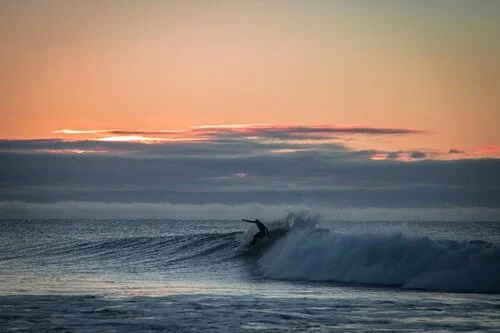
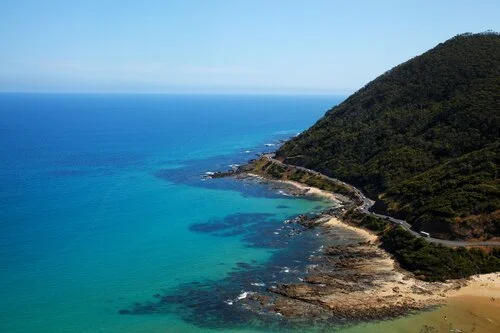
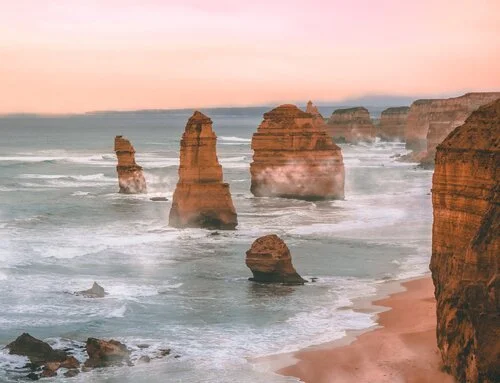
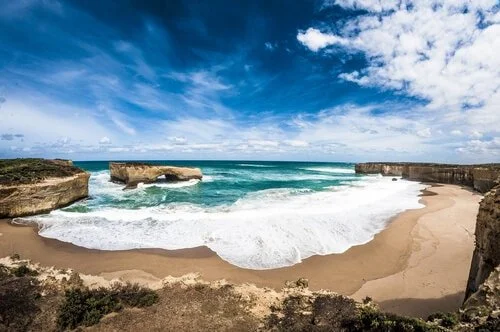
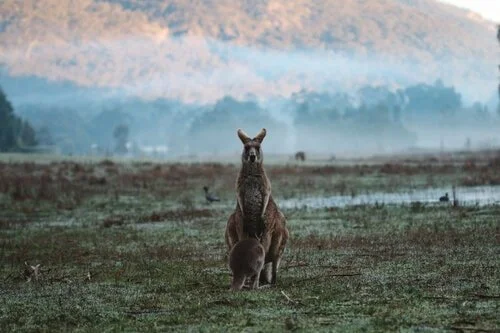
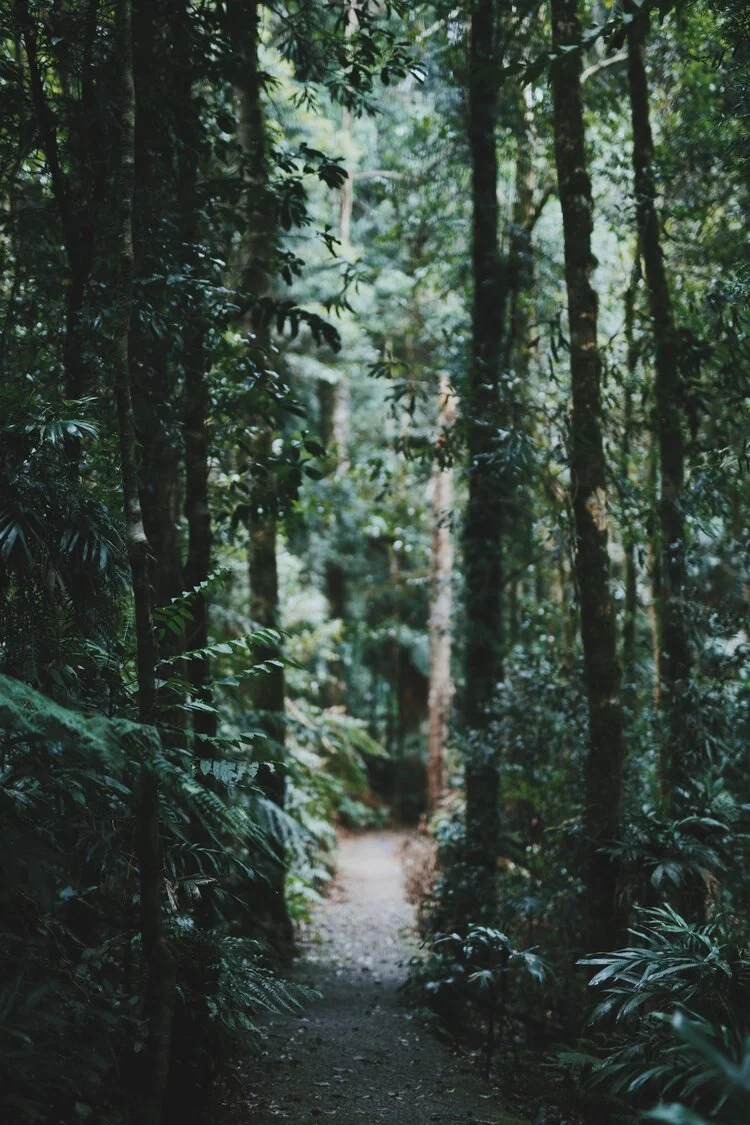
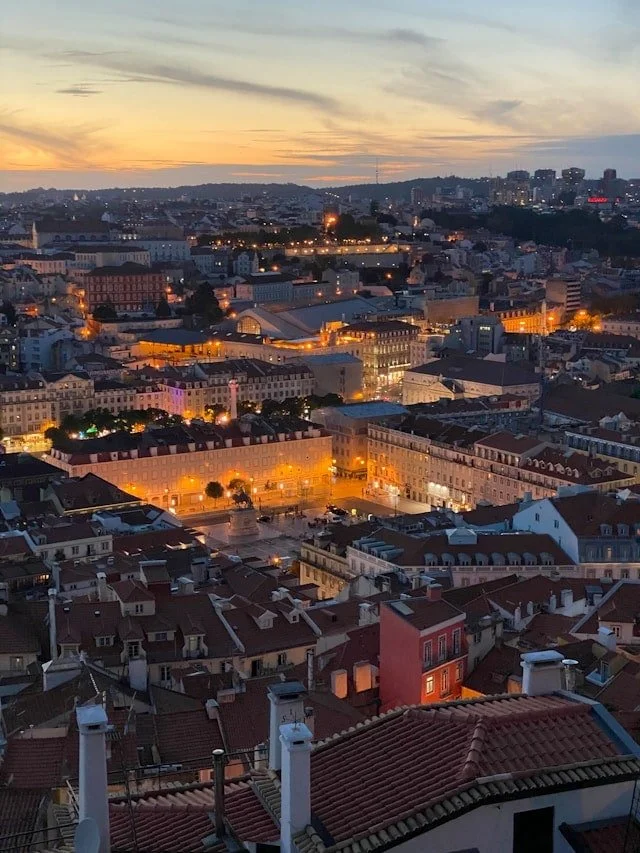

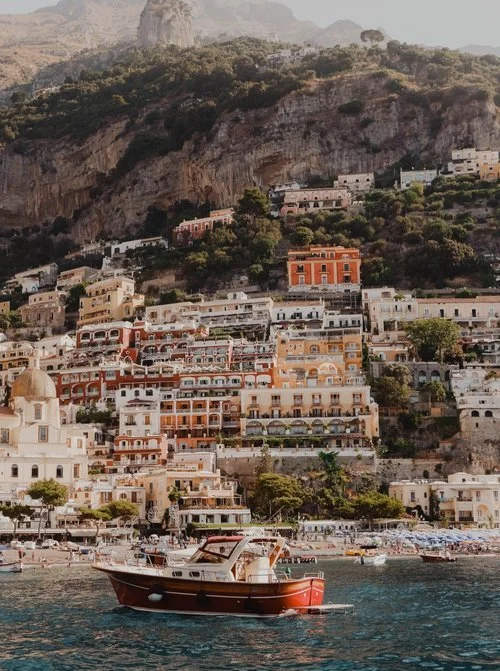


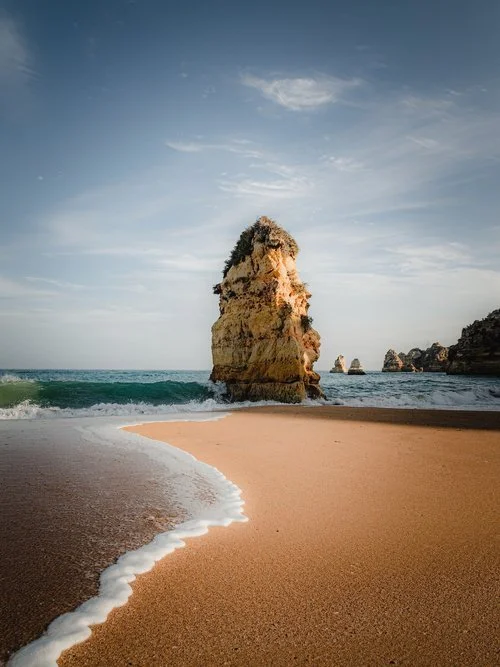
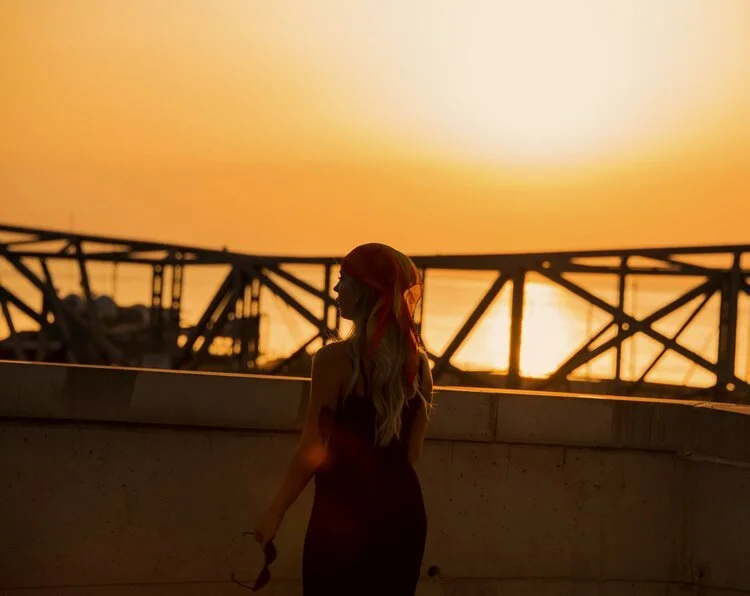


Forget wandering dusty cathedrals or snapping five thousand photos of the same beach. When I visited Mallorca as a solo traveller, I opted for something completely different — something that screams “I’m on holiday and I’m doing the weird, wild, wonderful things.” Enter: Pirates Adventure Show Mallorca.